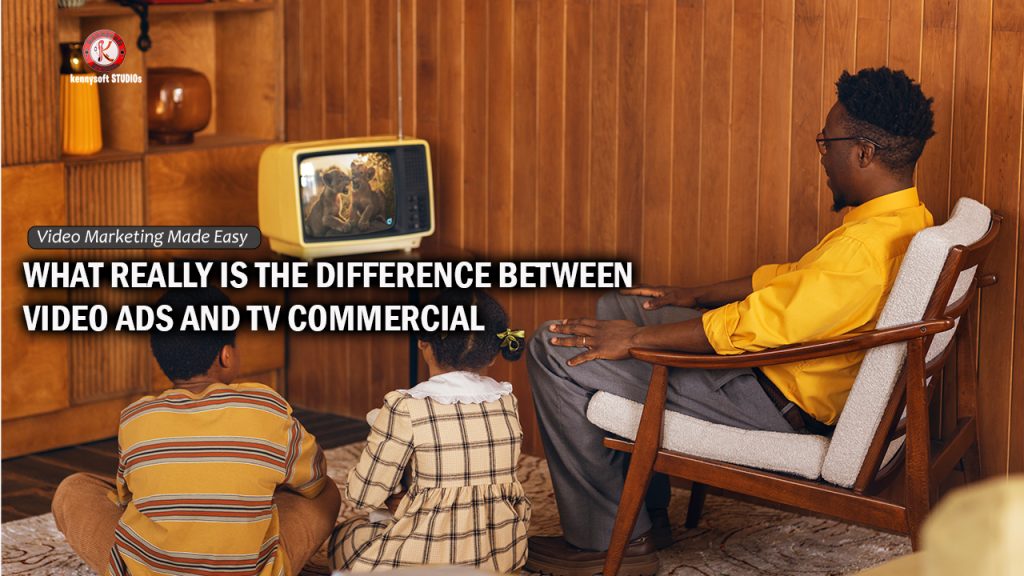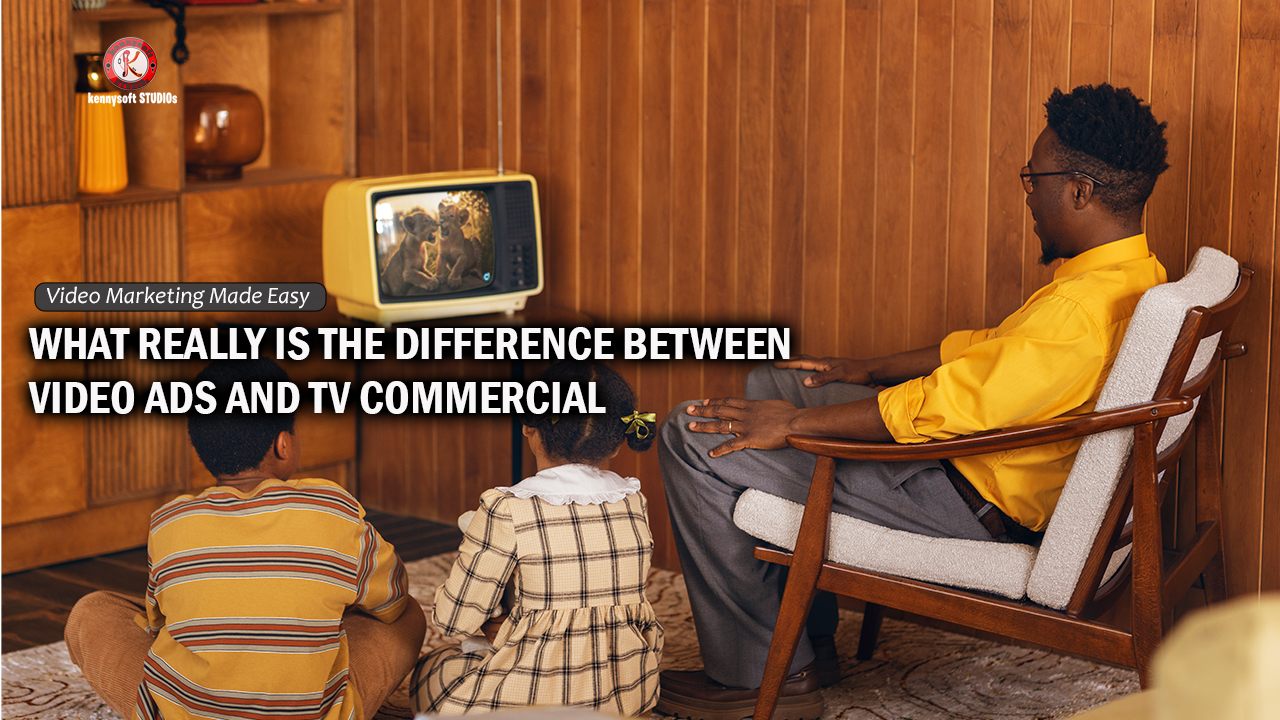
In an age where media consumption is constantly evolving, advertisers face an ever-expanding array of options to reach their target audiences. Two prominent forms of advertising that often come under scrutiny are video ads and TV commercials. While both are designed to capture the attention of audiences and deliver a message, they differ in various ways. To truly understand the dissimilarities, we must delve into the distinct characteristics of video ads and TV commercials.
The Difference Between Video Ads And Tv Commercial
Format and Placement:
One of the primary distinctions between video ads and TV commercials lies in their format and placement. TV commercials, as the name suggests, are specifically designed for television broadcast. They are typically 15, 30, or 60 seconds long and are inserted into commercial breaks during TV programs. They rely on the captive audience tuning in to their favorite shows.
Video ads, on the other hand, are more versatile in terms of format and placement. Video ads can be found on various online platforms, including social media, websites, and streaming services. They can vary in length and format, from short six-second preroll ads on YouTube to longer, more immersive storytelling experiences. Video ads cater to both mobile and desktop audiences and can be easily shared and rewatched.
Audience Targeting
TV commercials rely on a broad-reaching approach, where advertisers estimate the demographics and interests of the viewers based on the content of the program. While demographic data is available, it lacks the granularity and precision that digital platforms provide. This can result in significant advertising waste, as the message may not be relevant to all viewers.
Video ads, however, benefit from advanced targeting capabilities. They can be tailored to specific demographics, behaviors, and even location. Advertisers can use data-driven insights to reach their ideal audience, ensuring that the message resonates with those most likely to convert. This level of precision targeting is a significant advantage for businesses seeking a higher return on investment.

Cost and Budget Flexibility
TV commercials are renowned for their high production costs and airtime rates, which can be prohibitively expensive for small and medium-sized businesses. The cost of creating a professional TV commercial, buying airtime during popular shows, and production of multiple variations can be substantial. This makes TV advertising a daunting prospect for many advertisers.
In contrast, video ads are generally more cost-effective. With various production options ranging from DIY videos to professionally produced content, businesses can tailor their expenses to fit their budgets. Additionally, digital platforms offer flexible pricing models, including pay-per-click and pay-per-impression, allowing advertisers to have better control over their ad spend and ROI.
Engagement and Interactivity
Another notable difference between video ads and TV commercials is the level of engagement and interactivity they offer. TV commercials are primarily passive in nature. Viewers can watch but cannot interact with the content. This one-way communication can make it challenging for advertisers to measure the effectiveness of their campaigns and gather real-time feedback.
Video ads, on the other hand, can be interactive. Viewers can click on the ad, visit a website, sign up for a newsletter, or make a purchase directly from the ad itself. This interactivity provides advertisers with valuable data, allowing them to track the performance of their campaigns and make adjustments in real time. The ability to measure and optimize campaigns is a distinct advantage of digital video advertising.
Analytics and Metrics
TV Commercials: Measuring the effectiveness of TV commercials can be challenging. Ratings and surveys provide limited data, making it difficult to track ROI.
Video Ads: Online platforms offer comprehensive analytics and metrics. Advertisers can track views, engagement rates, click-through rates, and other data, allowing for real-time optimization of their ad campaigns.
Flexibility and Creativity
TV Commercials: TV commercials are often constrained by fixed time slots, typically ranging from 15 seconds to 2 minutes. Creativity must fit within these limitations.
Video Ads: Video ads online offer more flexibility in terms of duration, style, and content. Advertisers can experiment with different video lengths and formats to find what resonates best with their audience.
In summary, the difference between video ads and TV commercials lies in their distribution channels, targeting capabilities, cost, engagement, analytics, and flexibility. While TV commercials have been a tried-and-true method for many years, video ads offer a more adaptable and data-driven approach to advertising. The choice between the two ultimately depends on the goals, budget, and target audience of the advertiser. With the continuous growth of digital platforms, video ads are gaining momentum, but TV commercials still hold their place in the advertising landscape, making them valuable tools for marketers to consider in their advertising strategies.






